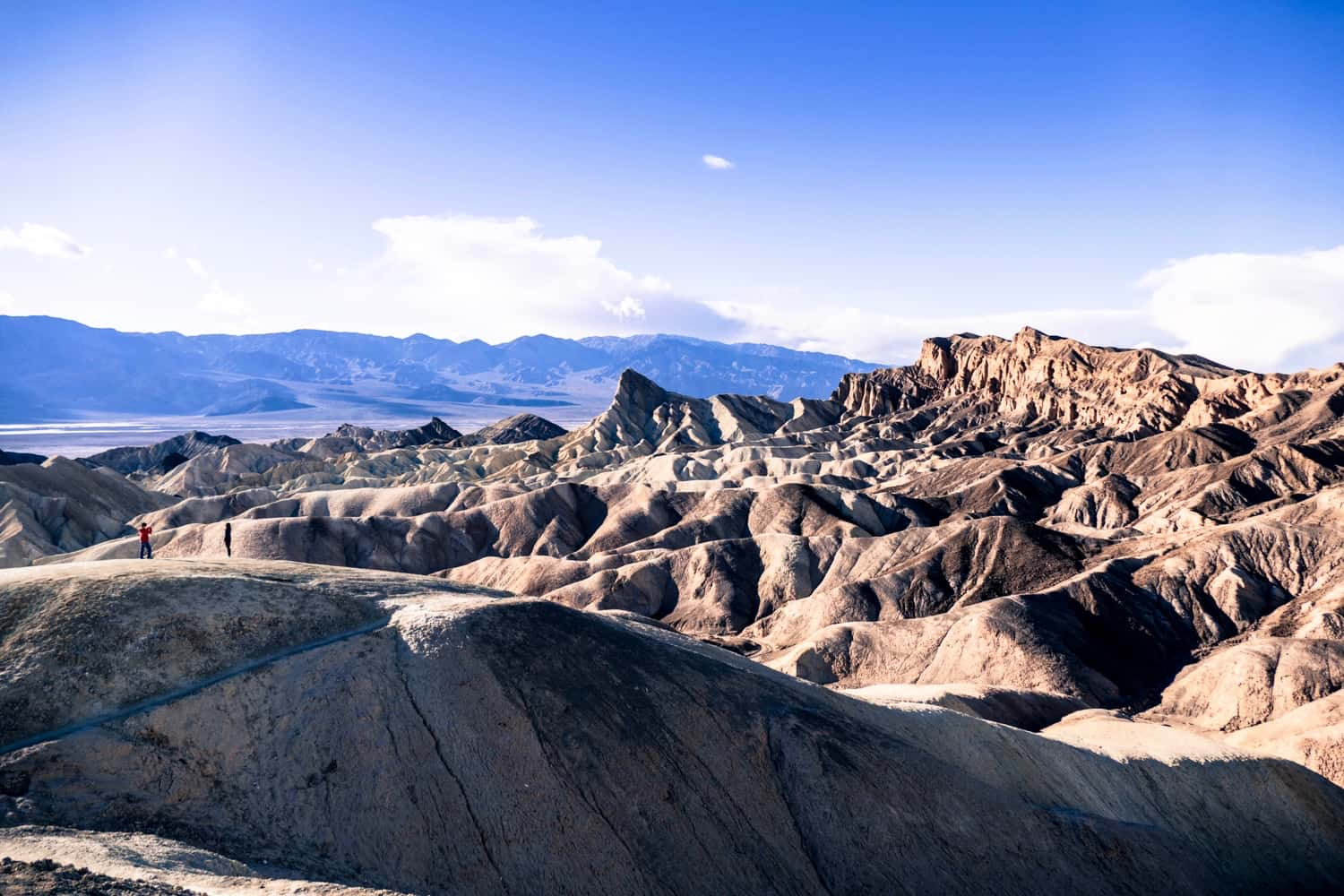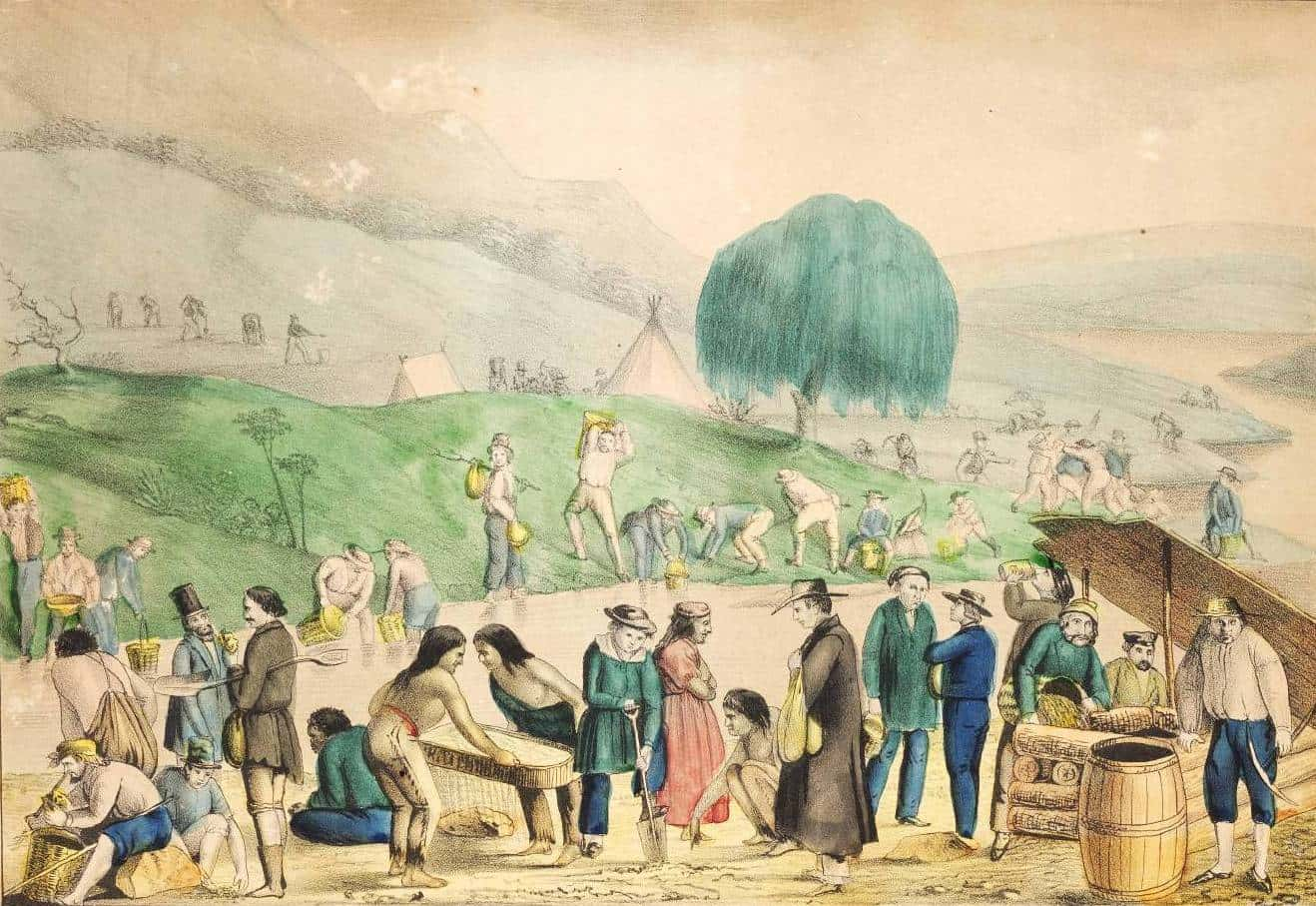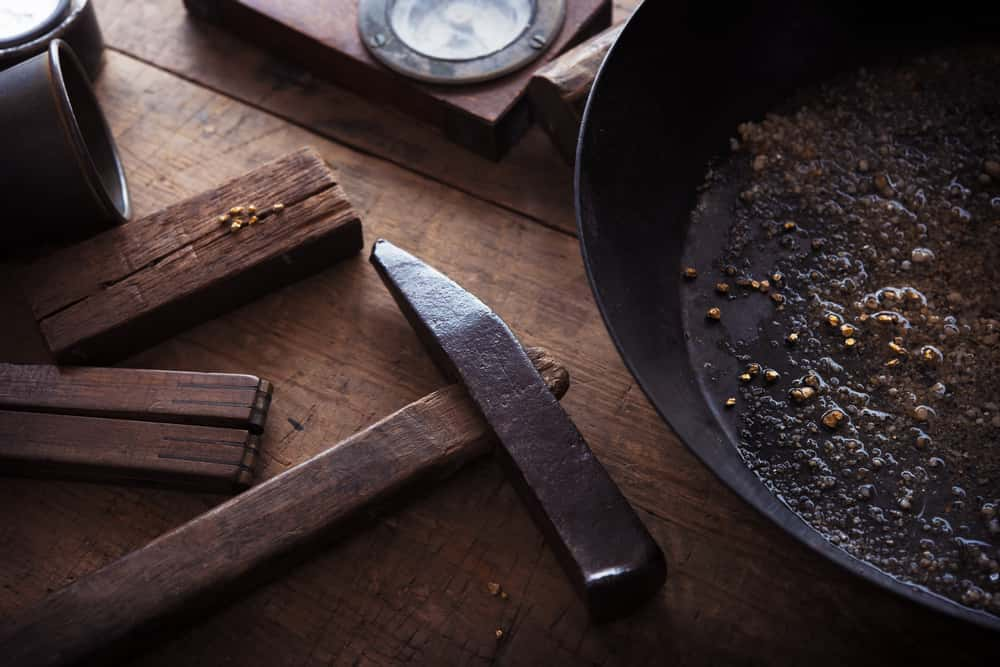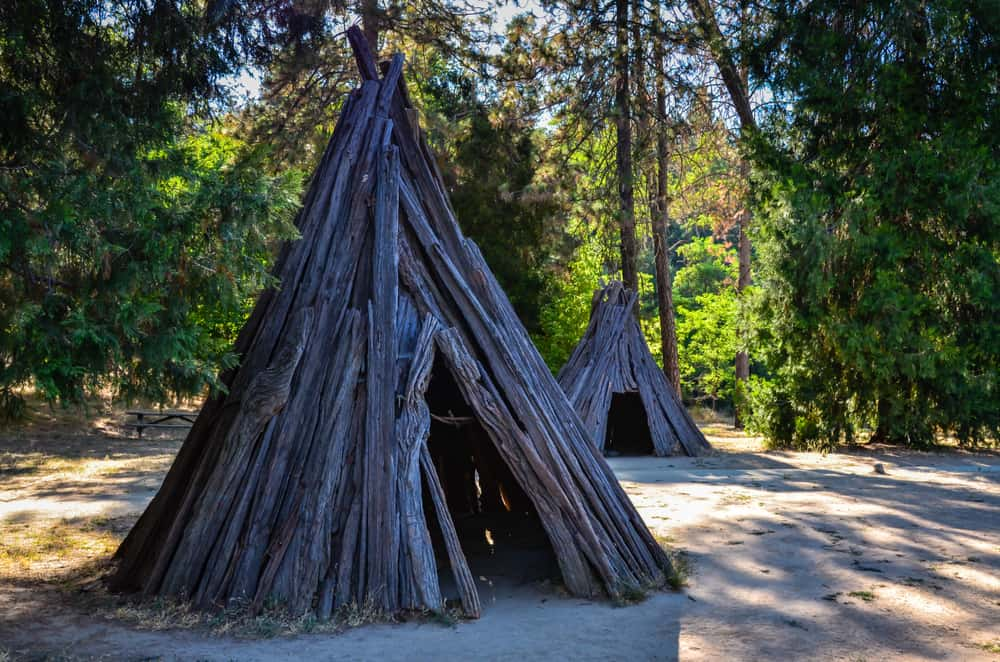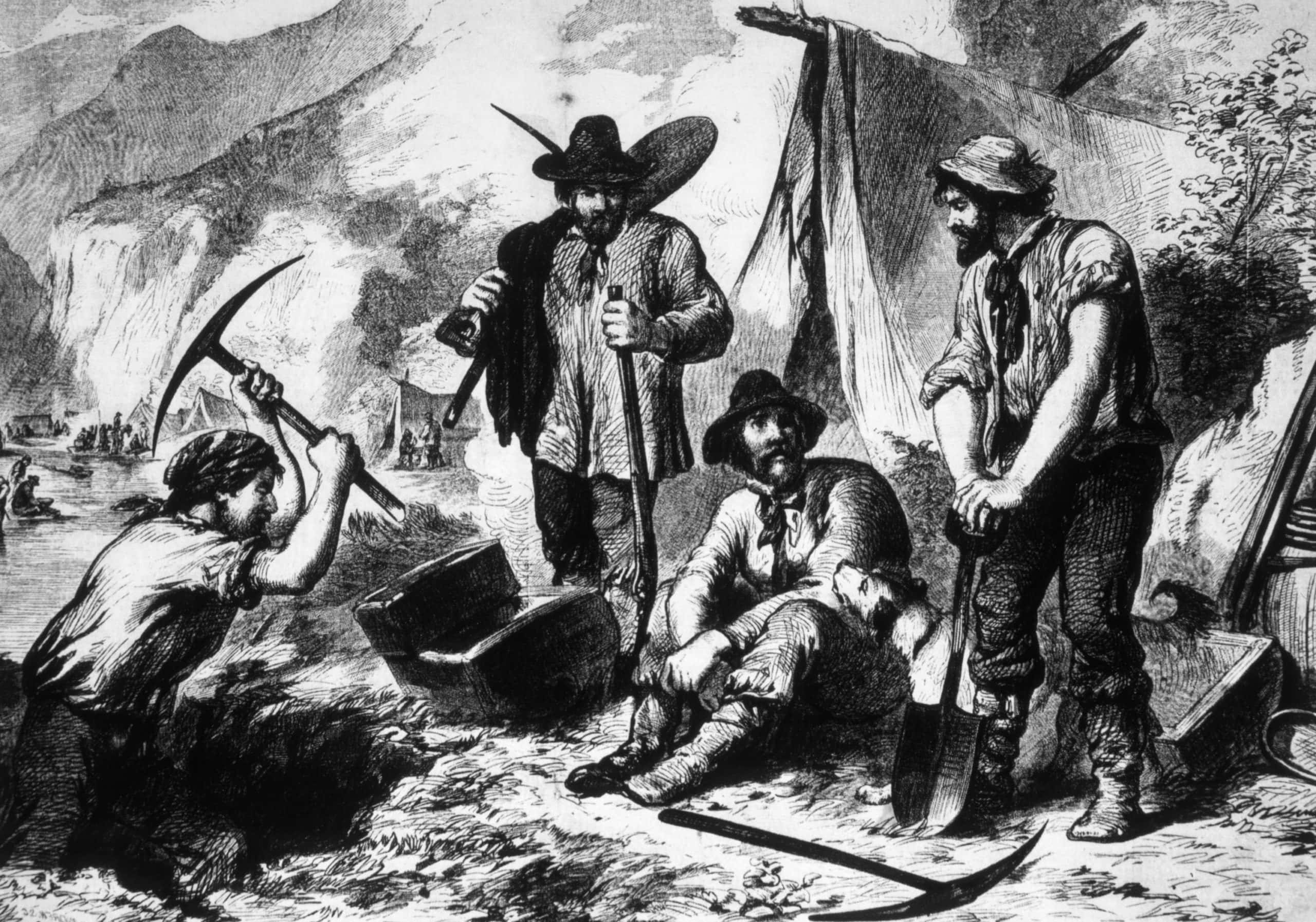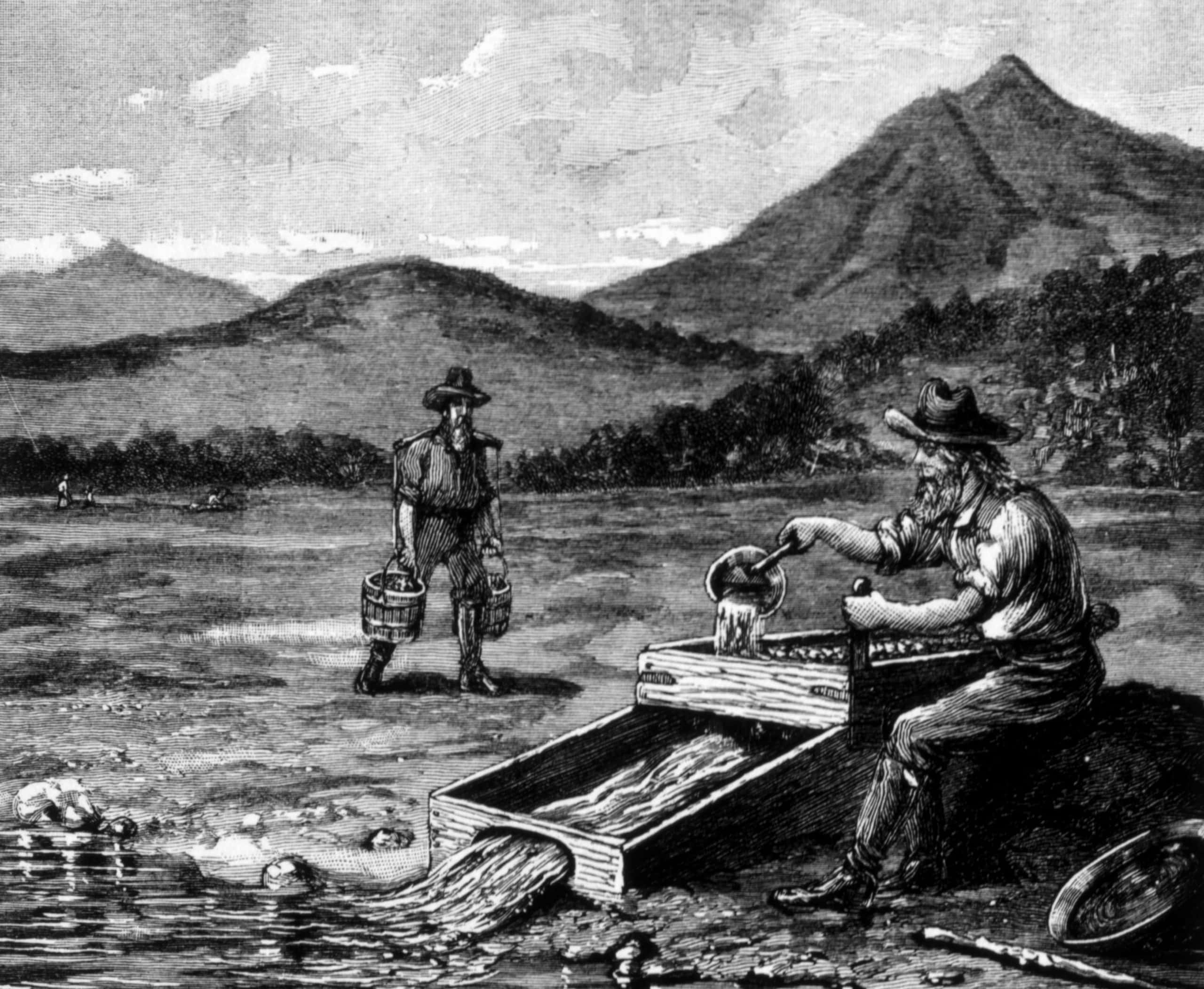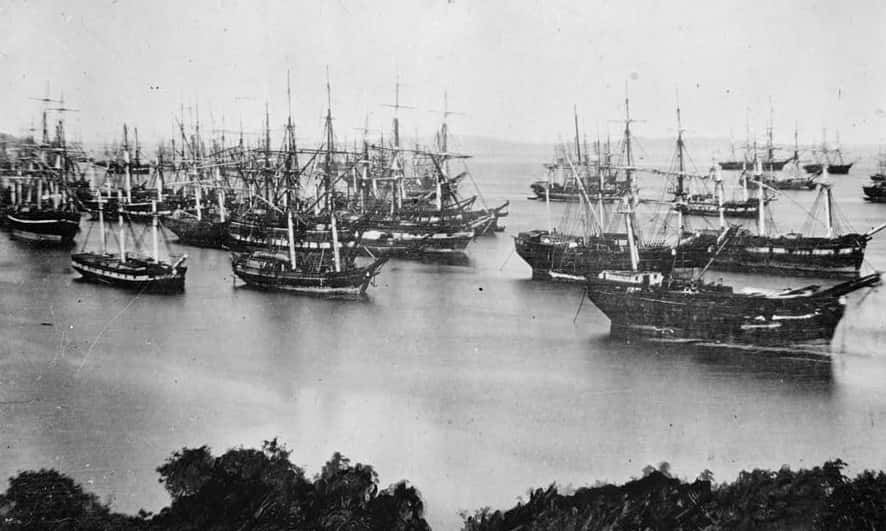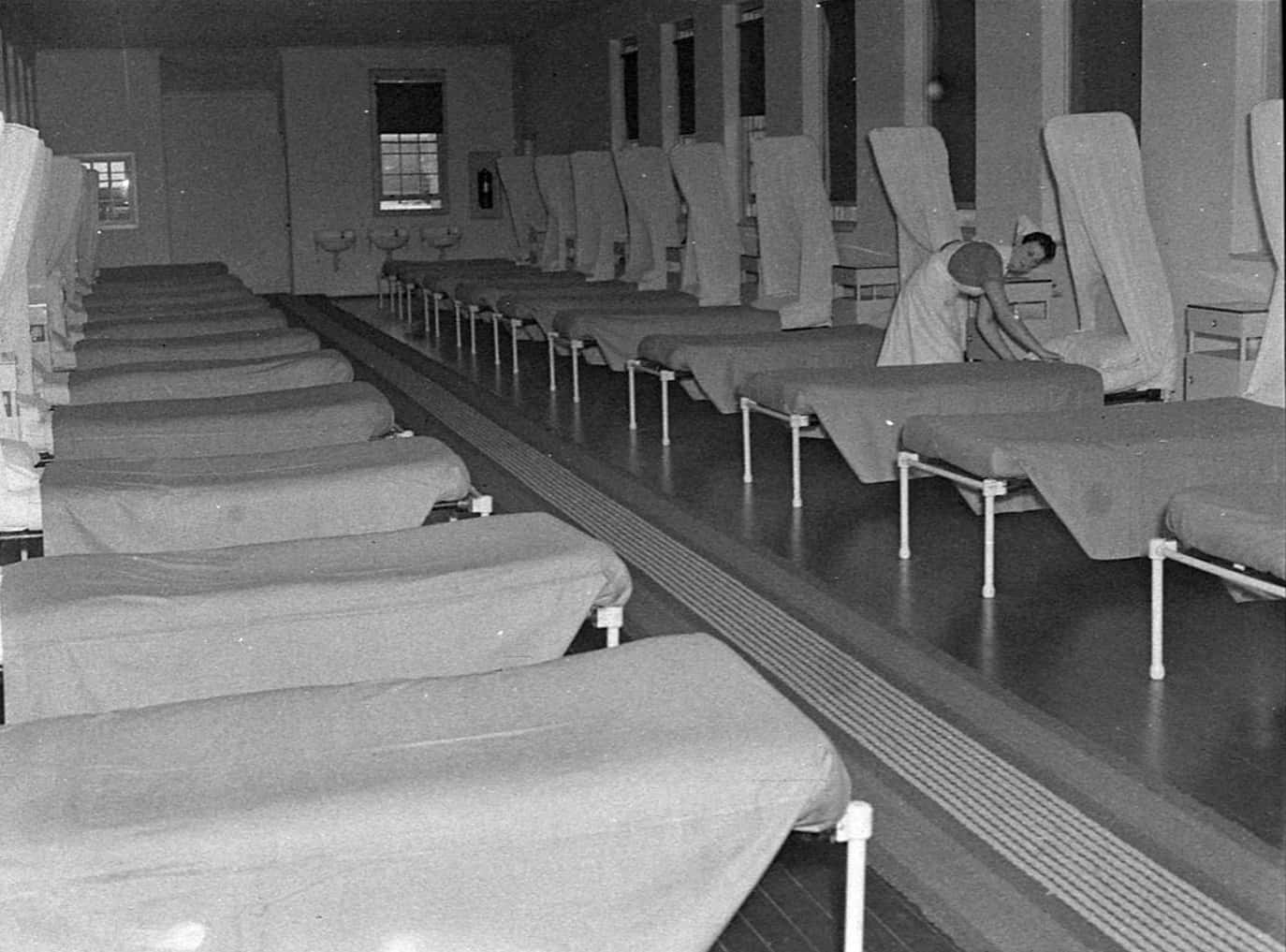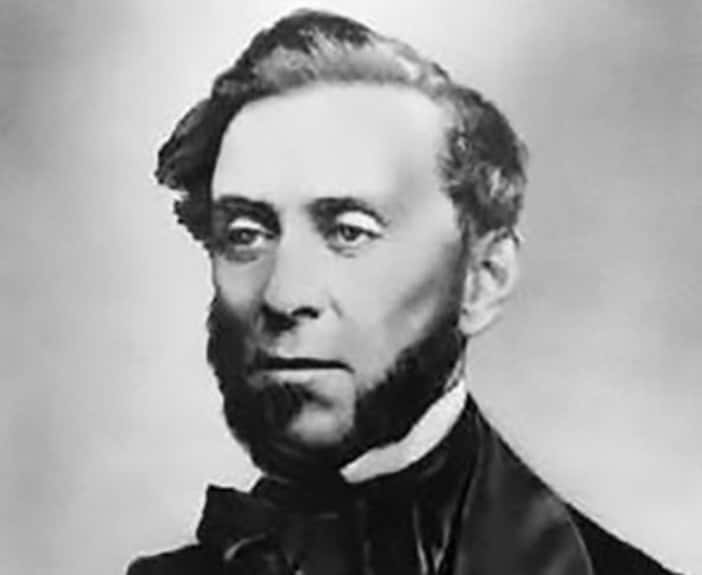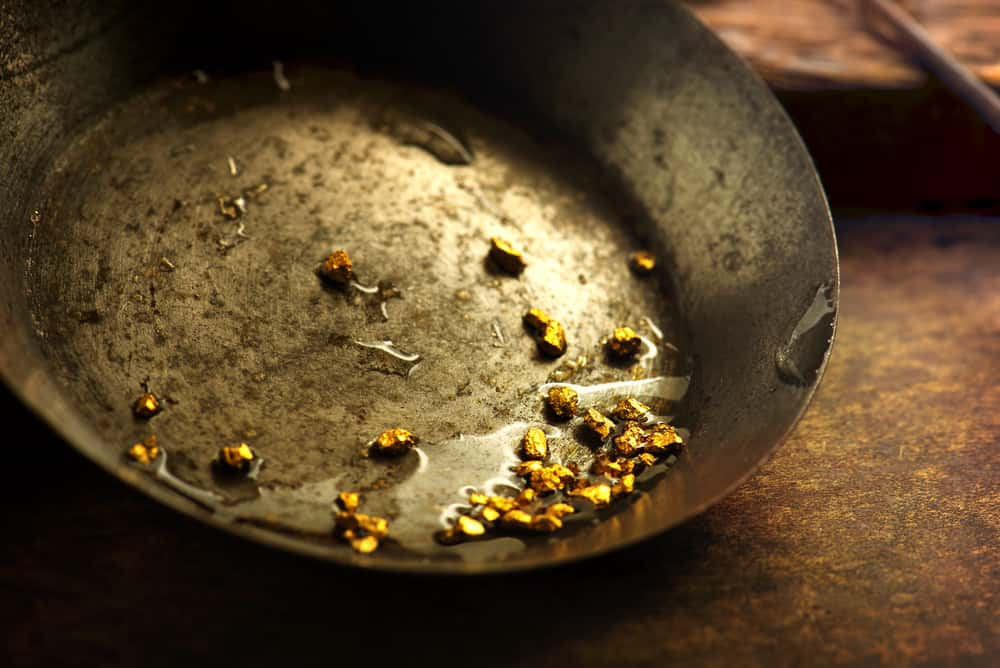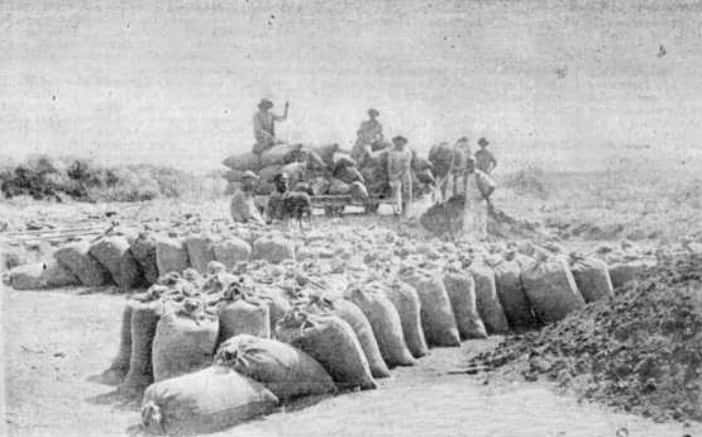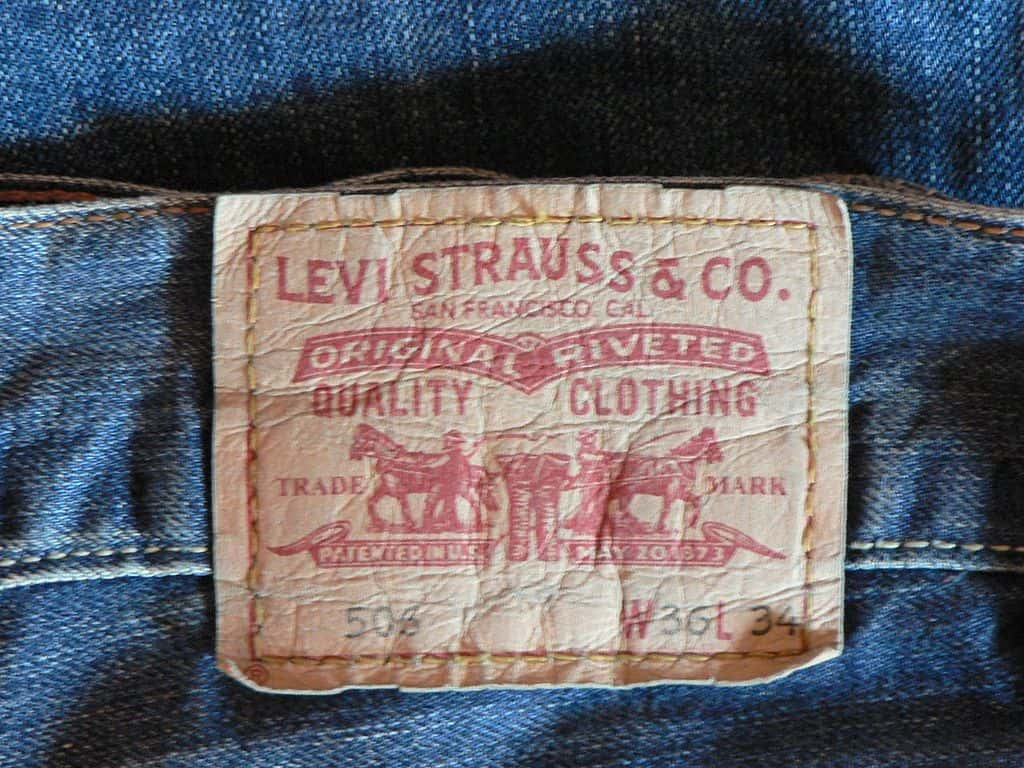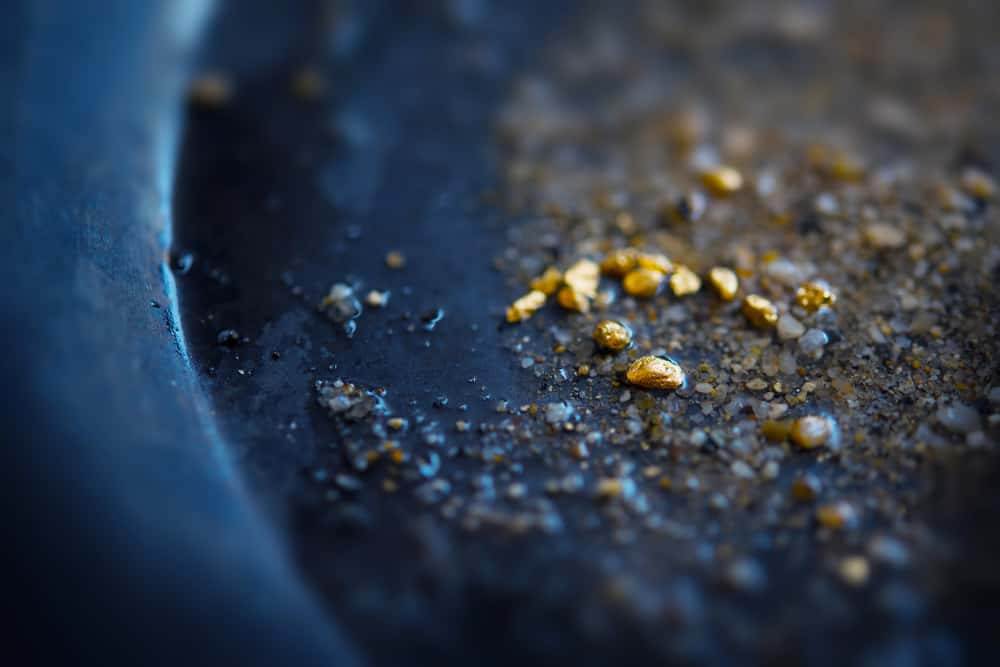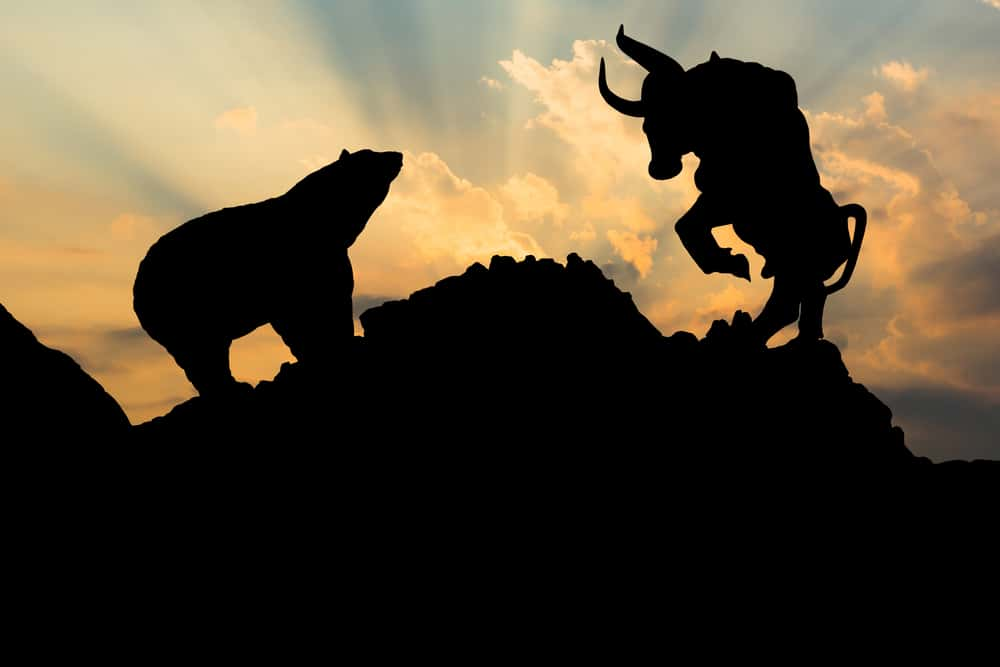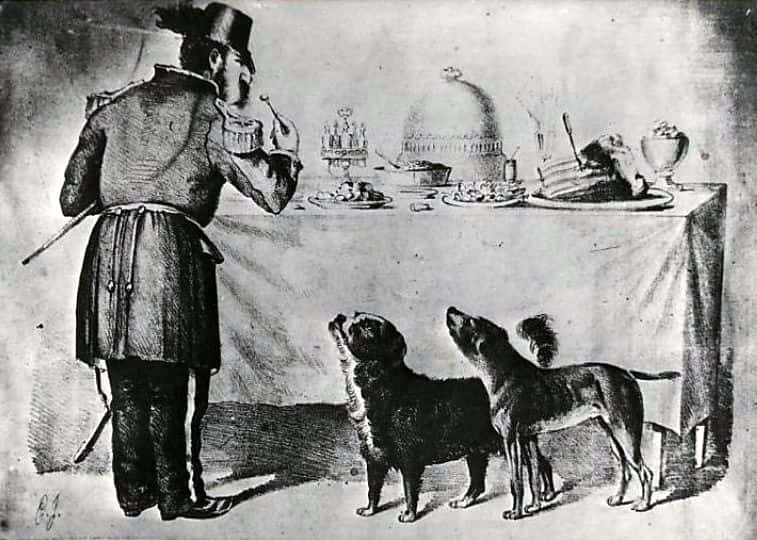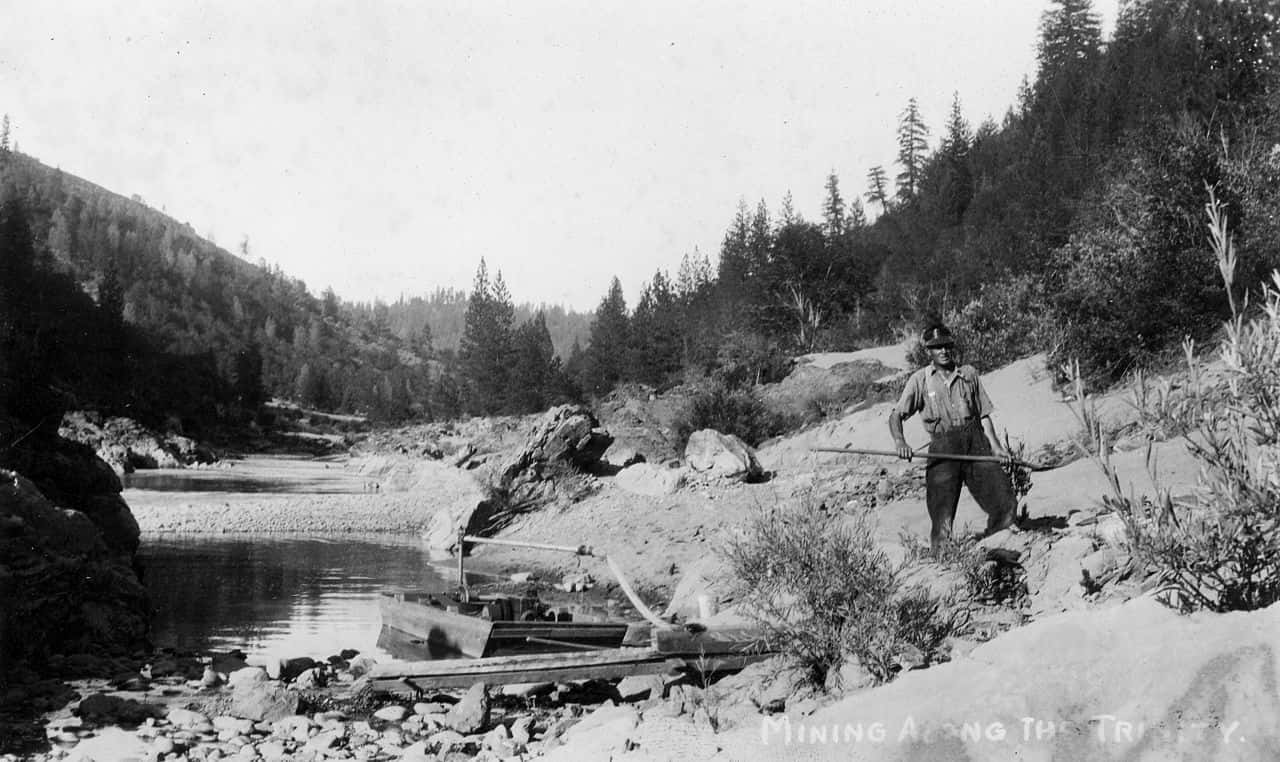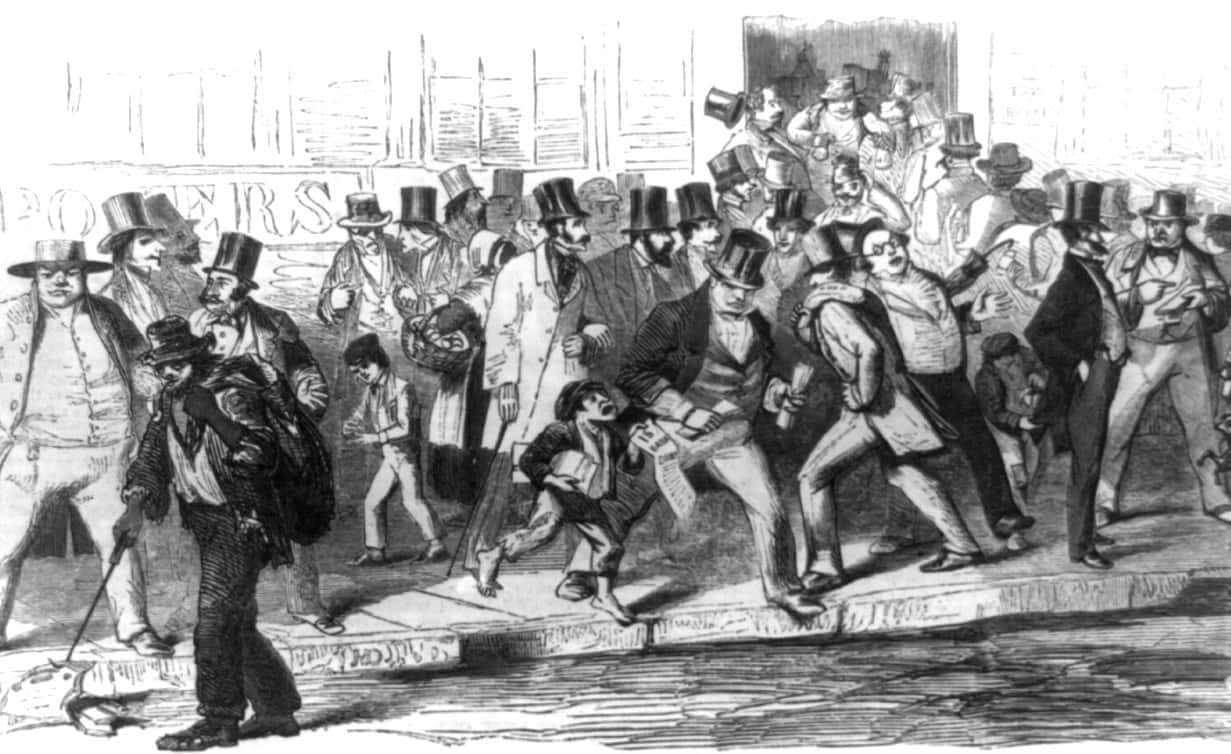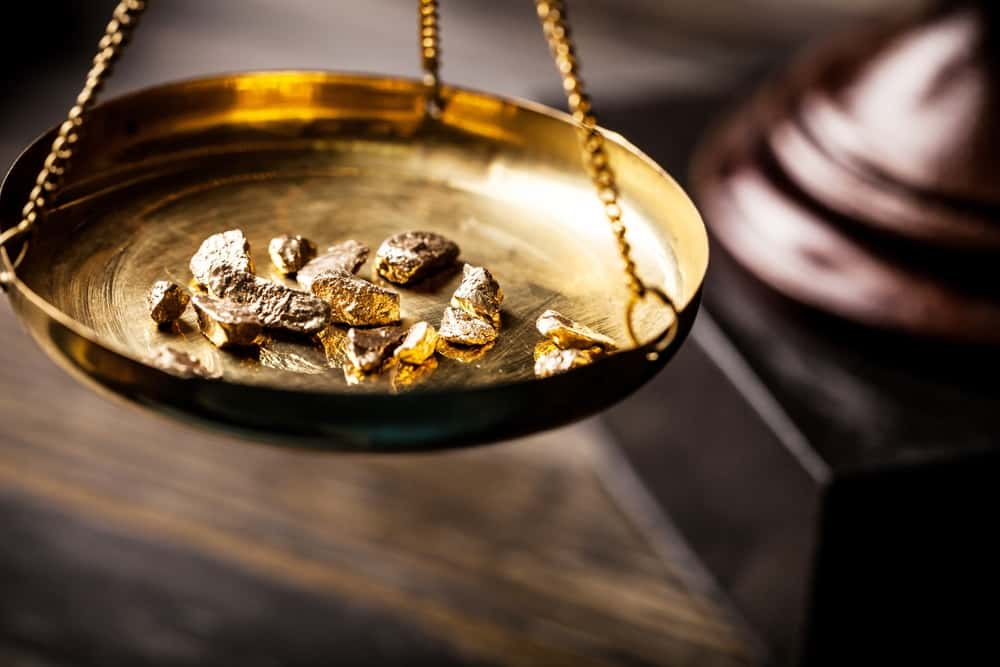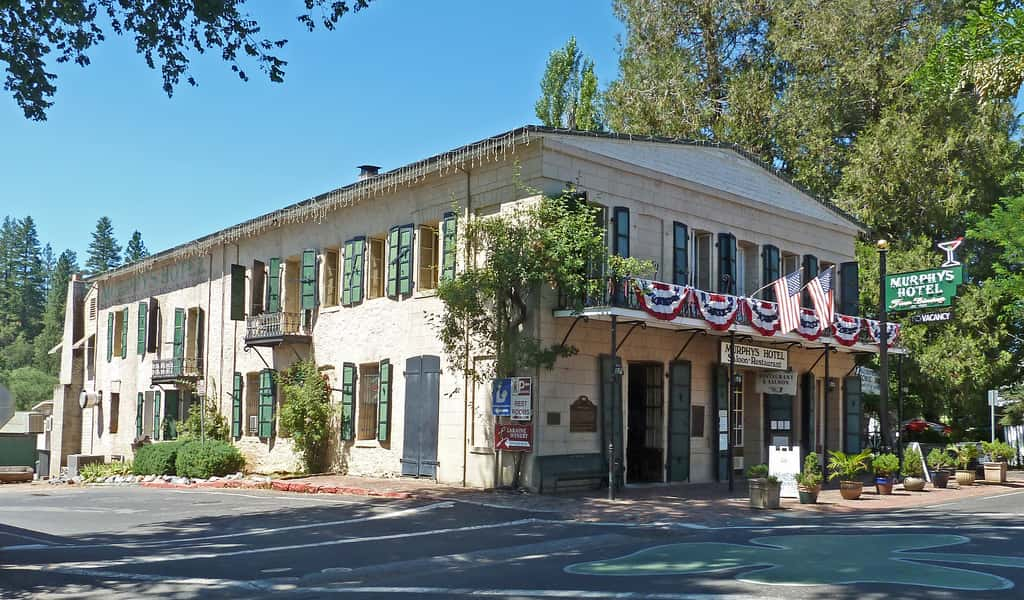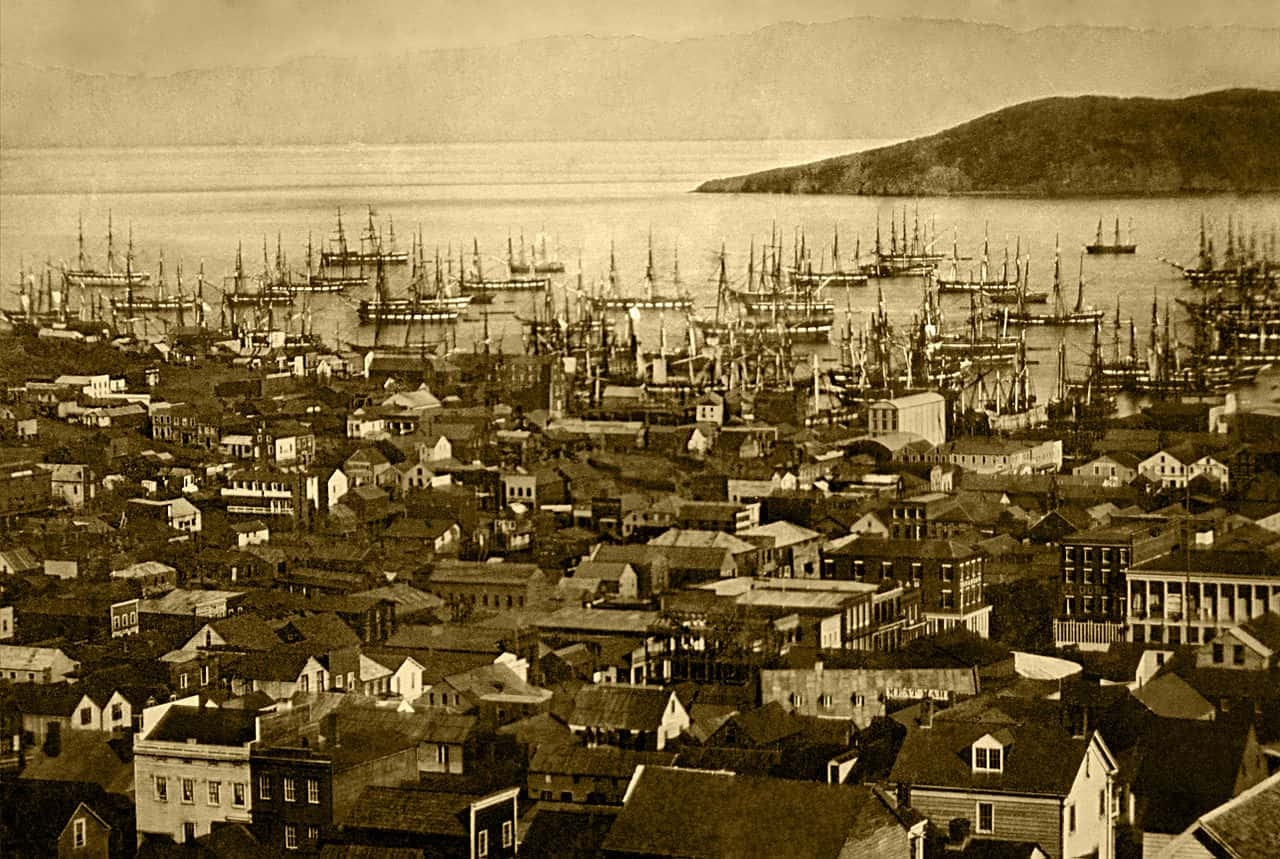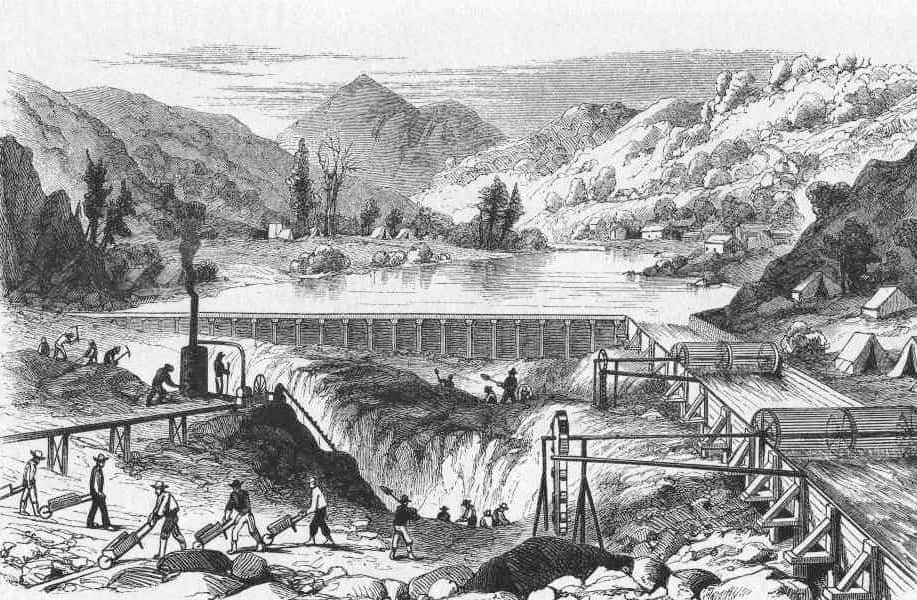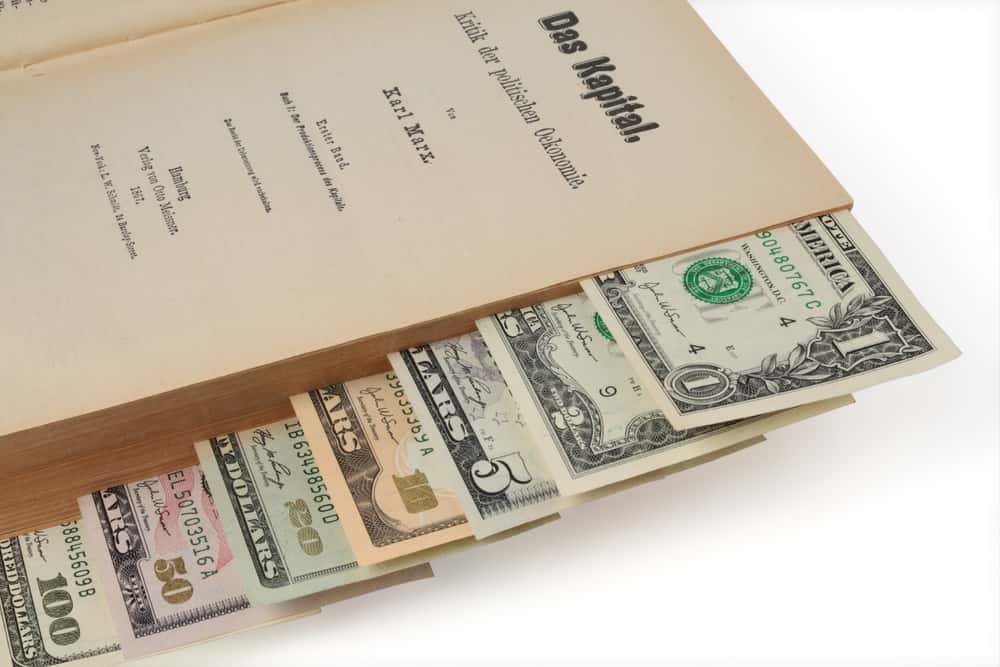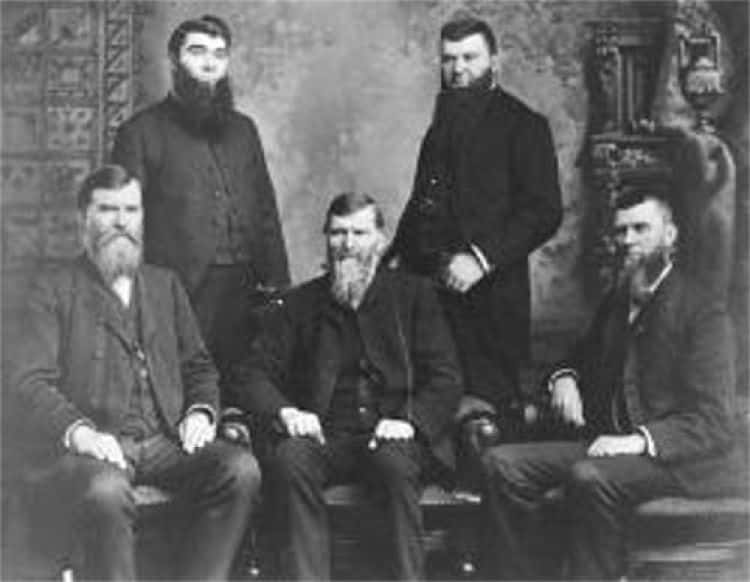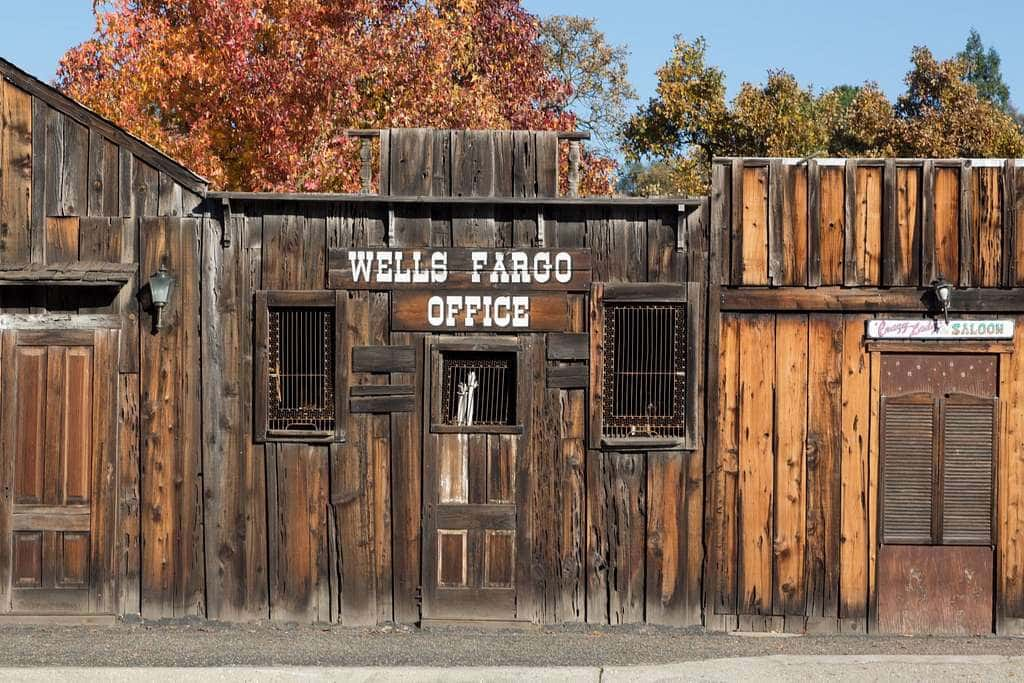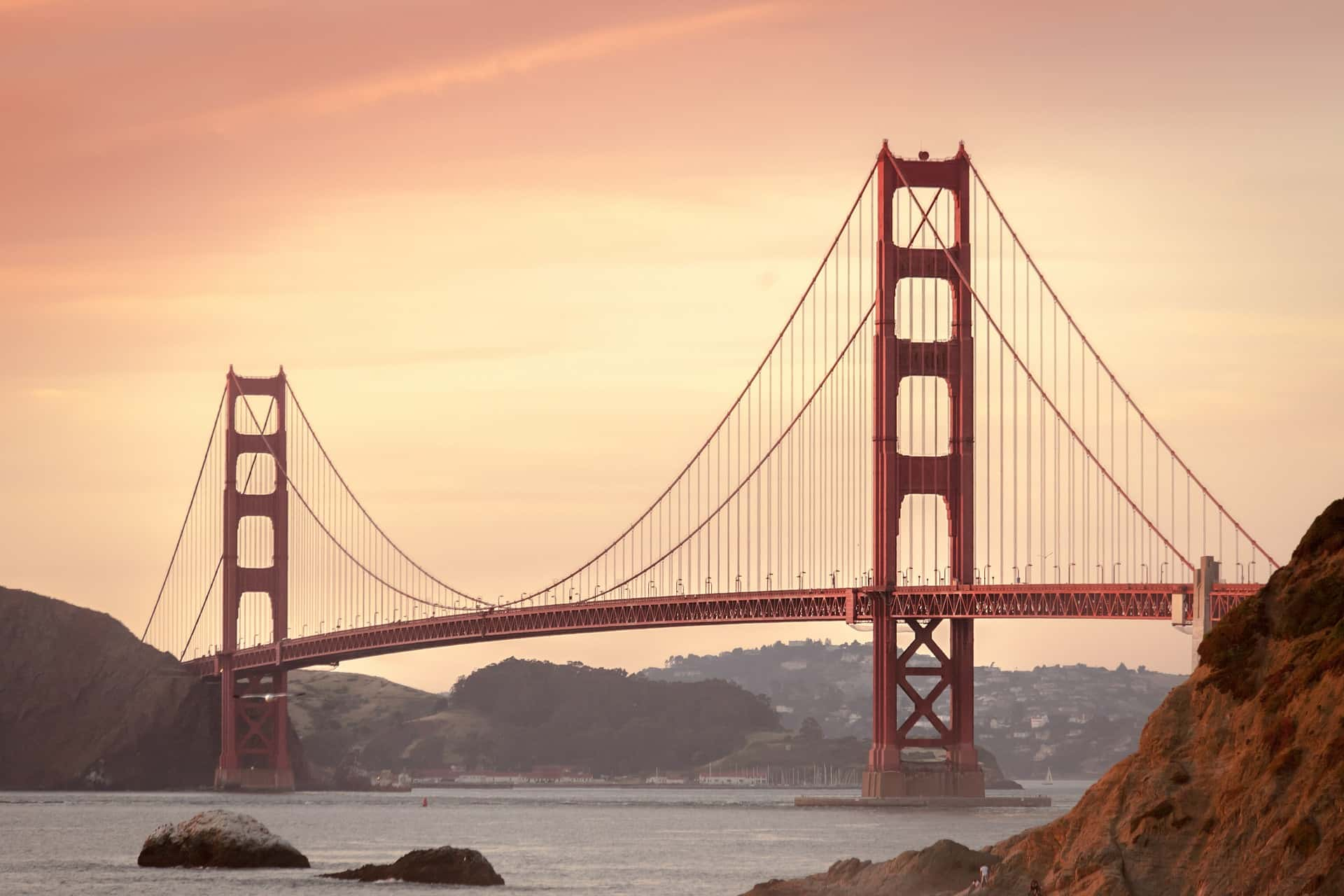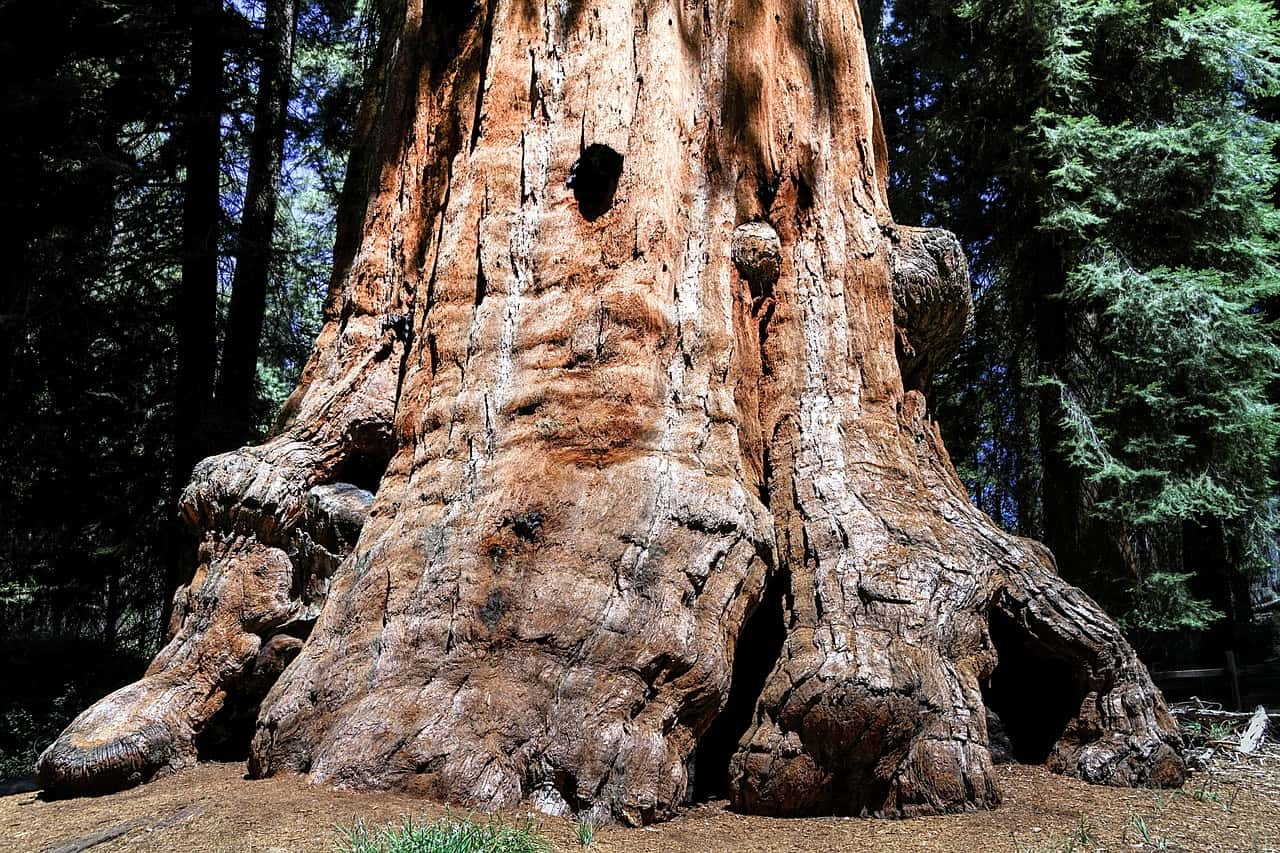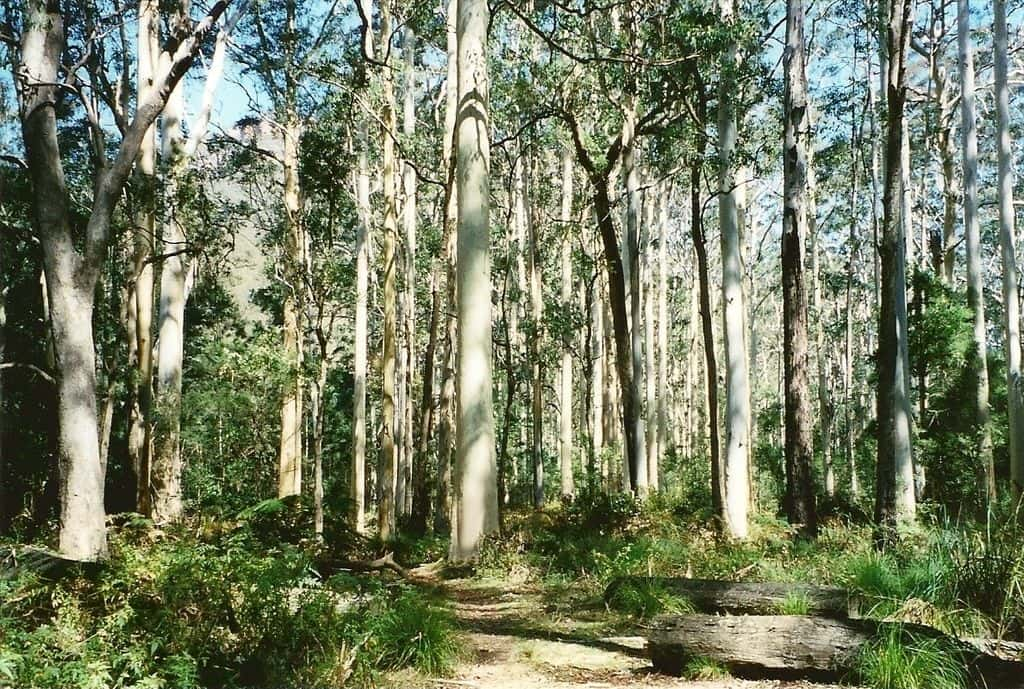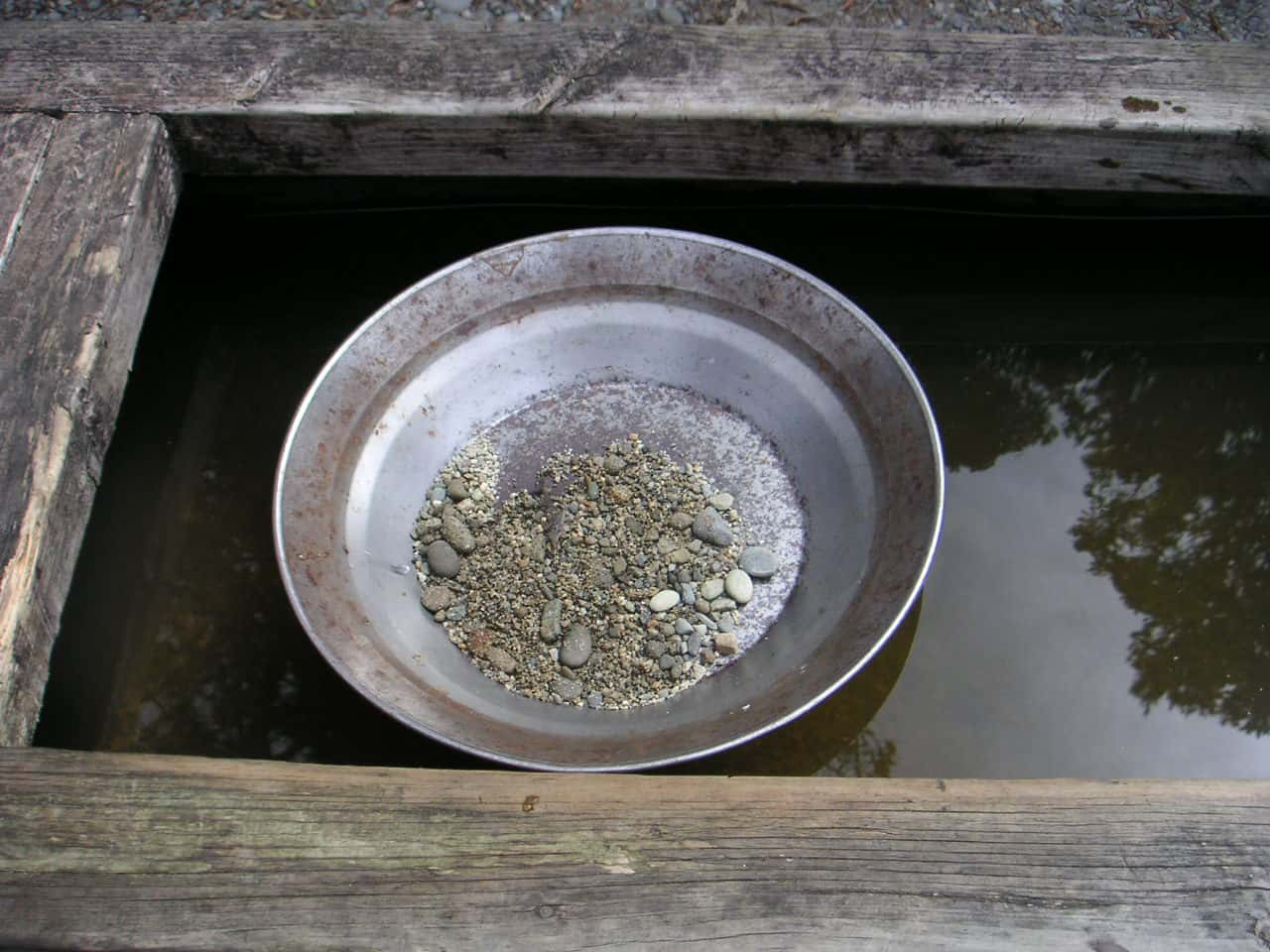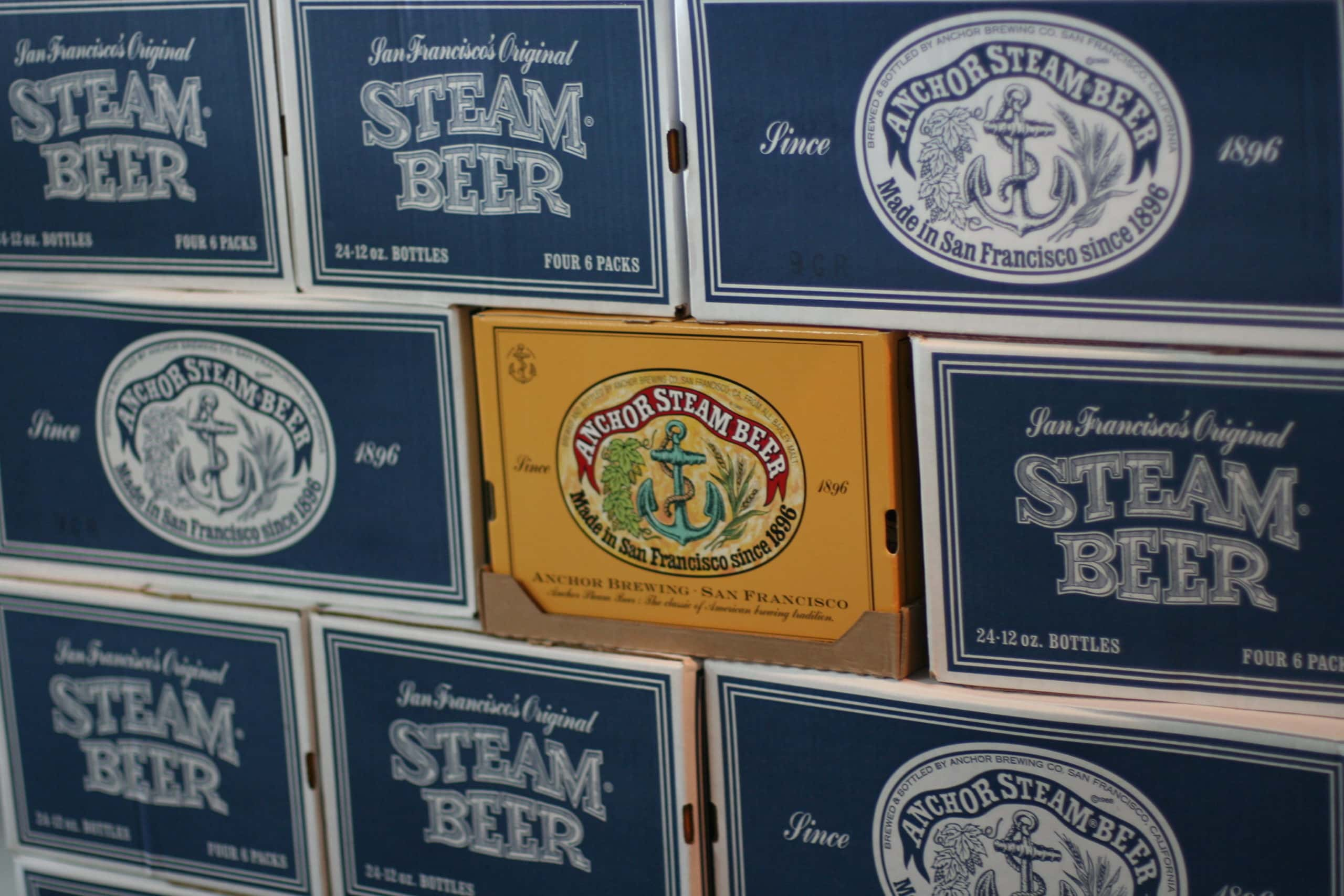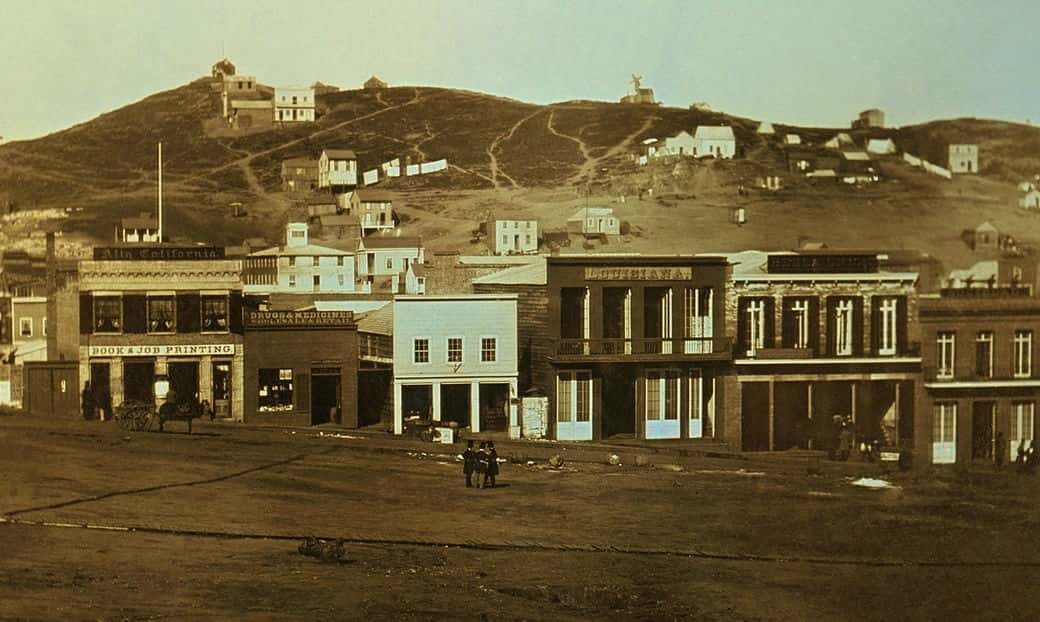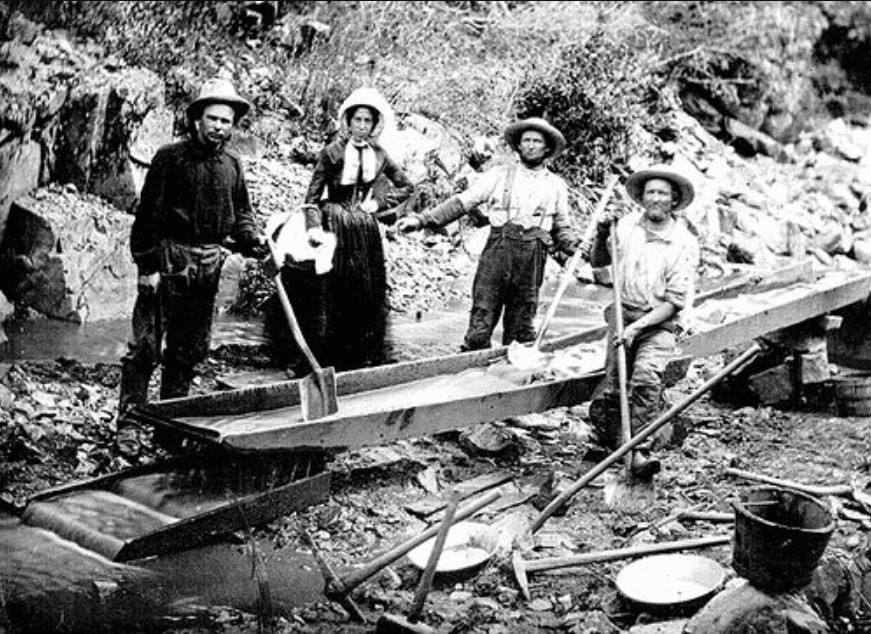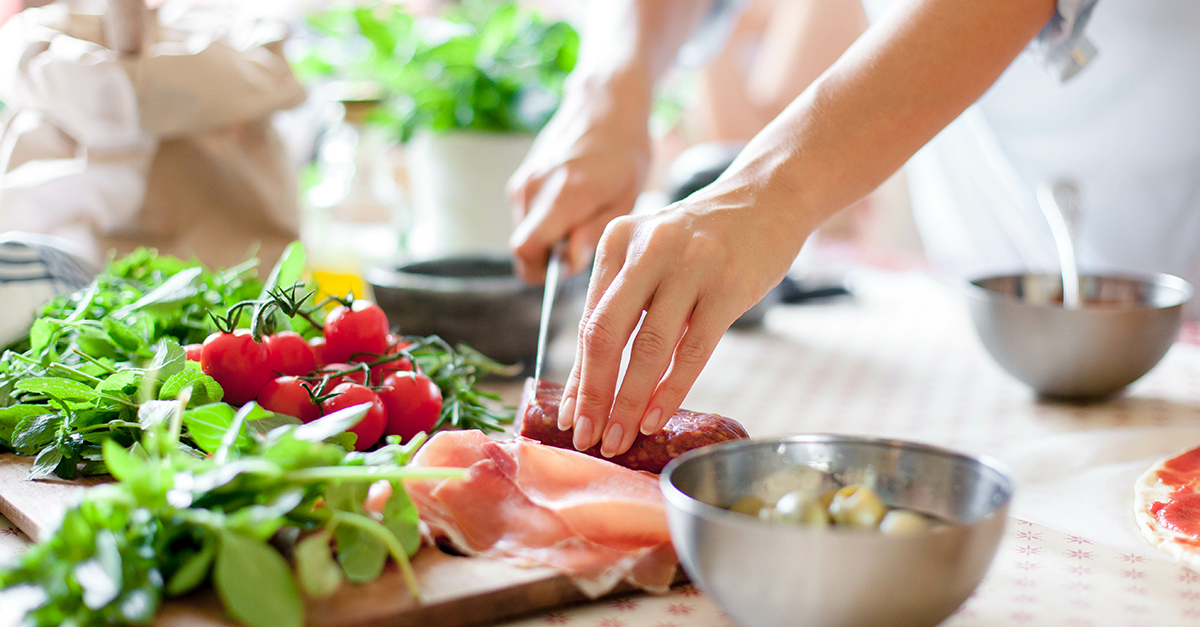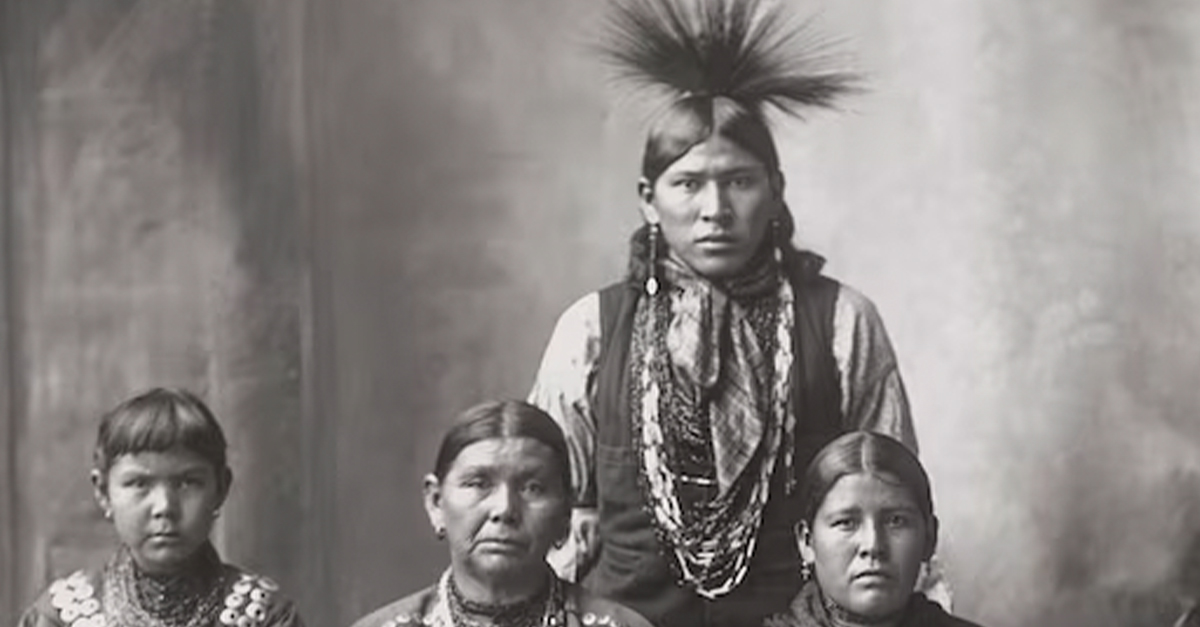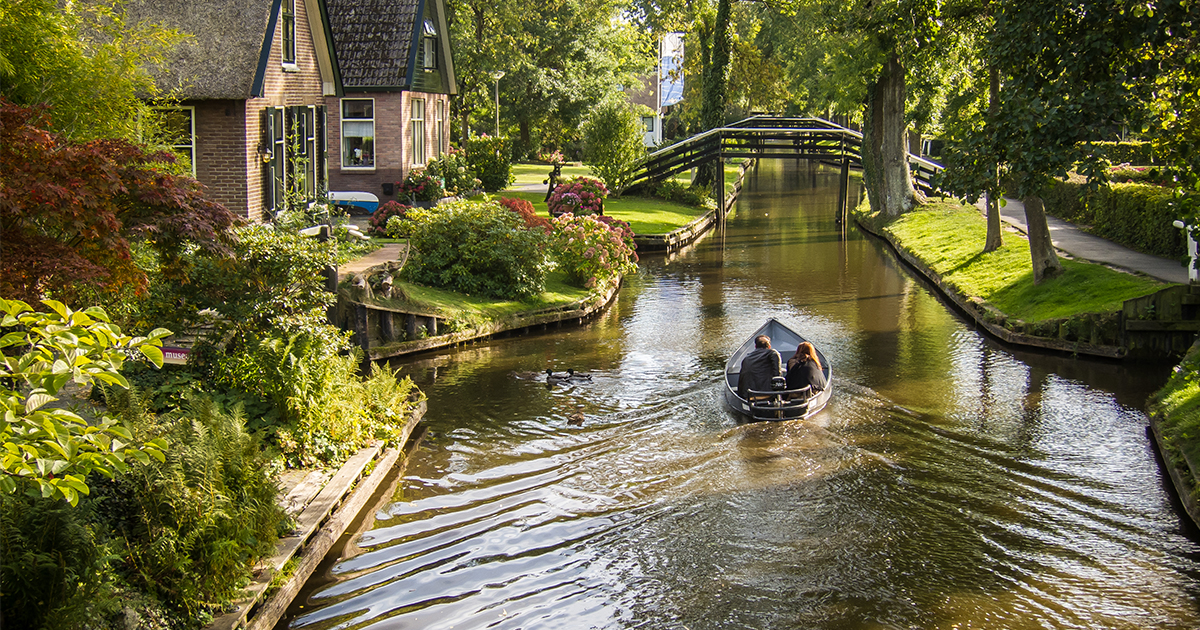In 1848, news began to circulate within the United States that gold had been discovered in the western land of California. Soon thereafter, hundreds of thousands of people from the United States and around the world traveled overland and by sea to California to attempt to, by hook or by crook, make their fortunes in this often-lawless frontier. Here are 43 gilded facts about the California gold rush.
43. Second in Line
While the California gold rush is by far the most famous, the first gold rush that occurred in the United States actually happened 50 years earlier in North Carolina. Over 30,000 people poured into the Tar Heel state to scour the hills for gold after a 17-pound nugget was discovered in Cabarrus County. Apparently, for more than 30 years all the gold coins issued by the US mint utilized gold that came from North Carolina.
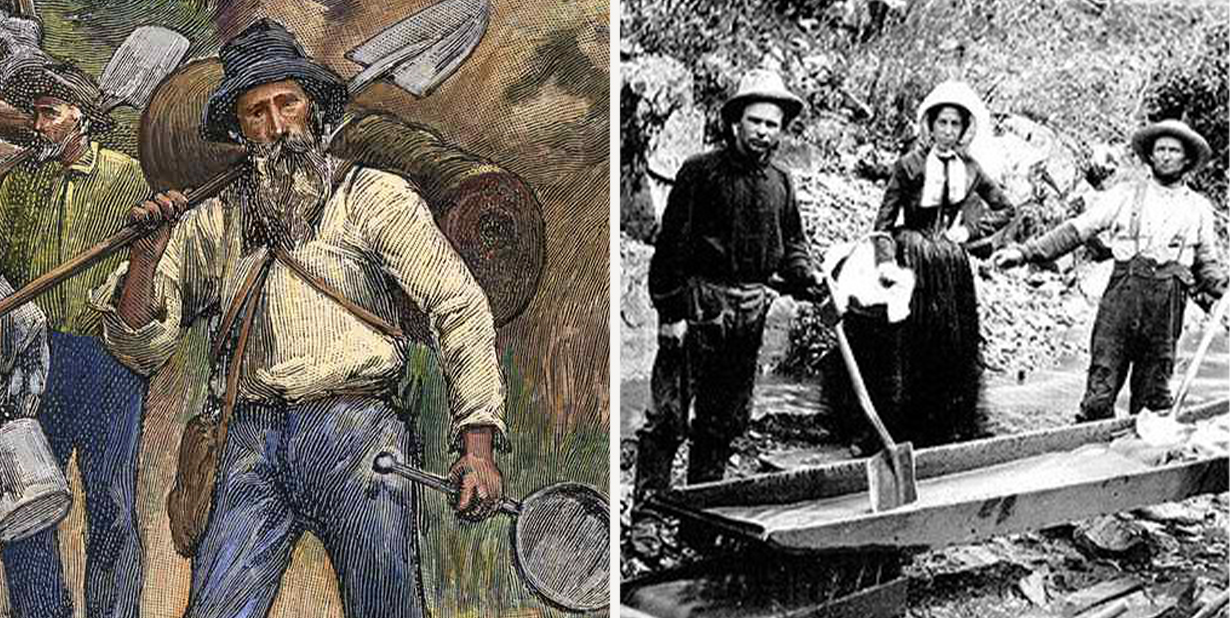
42. Walking Through the Valley of the Shadow of Death
Death Valley, the desert valley in eastern California that is known as one of the hottest places on earth, received its name in 1849 during the height of the gold rush when 13 prospectors attempting to cross the valley to reach the gold fields died. Soon after, this incident became part of popular lore and the valley received its ominous name.
41. International Event
The California gold rush was an international event, attracting immigrants from around the world. News of the discovery of gold was slow to reach the East Coast of the US, so many of the first immigrants to California were from South America and Asia. By 1852, more than 25,000 immigrants from China arrived in America.
40. Unfree Enterprise
As foreign immigrants poured into the California territory in search of their fortune, anti-immigrant sentiment among American miners surged. In 1850, the new state passed the Foreign Miners Tax that charged a monthly fee of $20 on non-citizens—equivalent to $500 today. This law was later repealed and replaced with a tax specifically on Chinese miners, charging them $2 per month, equivalent to $80 today.
39. Anti-Immigrant Violence
As anti-immigrant sentiment swelled, violence against foreigners increased as well. Beatings, rapes, and murders were not out of place in the wild and often lawless territory.
38. Founding Crime
The biggest victims of the gold rush, however, were the territory’s Native American population. 100,000 Native Americans living in California died over the 20 years following the discovery of gold from disease, starvation as a result of being pushed off their land, and organized slaughter by militias often funded by the California government.
37. Many Men
The Gold Rush was a male-dominated phenomenon. In 1852, 92% of the prospectors were men. The few women who did venture west worked in the boomtowns in saloons, restaurants, and hotels.
36. City of Bachelors
The high ratio of men to women in boomtowns also caused homosexuality and gay culture to flourish. In San Francisco—described as the “City of Bachelors”—men would often pay for sex with men as well as “female impersonators.” This was the beginning of Frisco's status as a haven for the LGBTQ community.
35. Abandoning Ship
Dozens of ships were left abandoned in San Francisco’s harbor after their entire crew departed them to seek their fortune in the gold mines. With nobody to watch them, many of these ships simply rotted away and sank. Dozens of these ships are still buried under what is now San Francisco’s financial district.
34. Rushed to Hospital
California’s first psychiatric hospital (Stockton State Hospital) was opened in 1851 in order to deal with the large numbers of people who suffered from mental health and emotional conditions as a result of the gold rush.
33. Almost Bankrupted
The government of California was almost bankrupted as a result of inflated costs of goods and wages during the gold rush, and it recruited a militia of 142 men to attack the Quechan Native American tribe, who were operating a ferry transporting prospectors across the Colorado River to and from California.
32. Cornering the Market
Merchants actually made much more money than miners during the gold rush. The wealthiest man in California became Samuel Brannan, who purchased all the prospecting supplies in the area and re-sold them for substantial profits at supply stores near the gold mines.
31. Spreading the News
Brannan’s wealth wasn’t a happy accident. After he had bought up all the mining supplies, he made sure that everyone knew of the opportunities available to strike it rich—literally! Reportedly, Brannan walked through the streets of San Francisco, holding aloft a vial full of yellow gold flakes, shouting “Gold! Gold! Gold from the American River!” The rush—and Brannan’s fortune—proceeded apace soon after.
30. From Guano to Gold
Many made the trip to California by boat during the gold rush, traveling around the southernmost tip of South America. The ship’s owners, not wanting to waste money on the way back, filled their ship’s holds with thousands of pounds of guano—AKA bird poop—that they harvested from islands in the Pacific Ocean, and which they sold as fertilizer in the Eastern United States for hefty profits.
29. Baby Blue Jeans
Blue jeans were patented as durable work pants during the gold rush by Levi Strauss. That’s right! Strauss, who was a Bavarian-born tailor, moved to California to open up a supply shop during the gold rush. When he discovered that miners needed sturdy work pants, he began making them out of canvas. Soon he shifted to making them out of the twilled cotton native to the French city of Nîmes (denim, or de Nîmes literally translates as “from Nîmes”) and the popularity of the pants took off.
28. Original Rush
Eight years before gold discovered in Sutter’s Mill led to the California gold rush, gold was discovered in Rancho San Francisco, California. In 1842, Francisco Lopez found gold flecks on the root of an onion, sparking a much smaller and muted version of the gold rush. It is estimated that about 2,000 people, mostly from the Northern Mexican state of Sonora, travelled to the area in search of gold.
27. Now That’s What I Call Entertainment!
As a form of entertainment for bored prospectors, enterprising individuals in San Francisco organized gladiatorial matches between captured grizzly bears and bulls.
26. American Kangaroos
The term “kangaroo court” is believed to have first appeared during the California gold rush in reference to hastily carried out court proceeding dealing with claim-jumping miners. That is, miners who worked claims that had already been staked by others. Alternatively, some have suggested that it may have referred to the idea that the court was in someone’s pocket, much as baby kangaroos live in their marsupial mother’s pouches.
25. The Price of Gold
Aside from the backbreaking working conditions and risk to life and limb, prospectors also had to deal with price-gouging suppliers who inflated the price of the most basic necessities. During the height of the gold rush, a single egg could go for as much as $25 in today’s money, a pound of coffee for $100 and a new pair of work boots for $2,500. Prospectin’ ain’t easy!
24. Famous Canines
Entertainment was thin during the gold rush, and so the San Francisco press popularized two stray dogs called Bummer and Lazarus who became local celebrities for their unique companionship and prodigious rat-killing ability. The two dogs were exempted from local ordinances regarding stray dogs and immortalized in newspaper cartoons. After the two dogs died, they were mounted and stuffed and put on display, with both receiving newspaper obituaries—with Bummer’s written by none other than a young Mark Twain!
23. Slow News
Even though the discovery of gold in California that spurred the rush occurred in 1848, the migrants who traveled West in search of their fortune were known as “forty-niners.” This is because it took a few months for the news of the gold discovery to spread to the East Coast, and it took even longer for many to make the trek west either over land or by sea—meaning that the first large rush of prospectors didn’t arrive in California until 1849.
22. Lost Gold
After a ship carrying 14,000 kg (30,000 lbs) of gold prospected from California sunk in a hurricane off the coast of the Carolinas in 1857, it greatly contributed to the world’s first international financial crisis. The gold onboard the ship was worth $2 million—nearly $300 million today—and led to a loss of confidence in the economy, contributing to what became known as the “Panic of 1857.”
21. California Dream
The gold rush led to the idea of the “California Dream,” which is intimately connected to the idea of getting rich quick. As put by one historian: “The old American Dream ... was the dream of the Puritans, of Benjamin Franklin's 'Poor Richard'... of men and women content to accumulate their modest fortunes a little at a time, year by year by year. The new dream was the dream of instant wealth, won in a twinkling by audacity and good luck.”
20. Striking It Rich
Two brothers, John and Daniel Murphy, arrived in California at the beginning of the gold rush in 1848 and managed to quickly mine $1.5 million worth of gold—$40 million today. The town of Murphys, California is named after the pair.
19. We Built This City on Rocks of Gold
The gold rush directly led to the creation of San Francisco as a metropolis. Just prior to the gold rush, San Francisco was a meager frontier town with a population of about 1,000 people. By 1850, two years later, the population soared to more than 20,000 people, and by 1861 the population was 56,000.
18. Hangtown Fry
The signature gold rush dish was called the “Hangtown Fry,” which consisted of a fried egg sitting atop an oyster and bacon. This dish was said to have been created in 1850 when a gold prospector who struck it rich walked into a restaurant in the town of Hangtown (now Placerville, California) and demanded the most expensive dish the restaurant could make. The kitchen used what was then the most expensive ingredients: eggs, which had to be delicately transported to the mining town; oysters, which had to be shipped on ice from San Francisco; and bacon, which had to be imported all the way from the East Coast.
 Shutterstock
Shutterstock
17. Wild, Wild West
When gold was discovered in 1848, the gold-fields were literally a lawless place. At the time, California was under military occupation by the United States as a result of the Mexican-American war, but was not a formal territory, nor did it become a state until 1850. This meant that gold and land was essentially free-for-the-taking at the beginning of the gold rush, with no formal system of property rights, land grants, or taxation.
16. Historical Importance
Karl Marx closely observed the California gold rush and considered it a pivotal event in the evolution of global capitalism. He later wrote that it played a part in forcing him to re-examine his views on political economy and write what became his magnum opus, Das Kapital, which was published in 1867.
15. Wheelbarrow Johnny
Automobile pioneer John Studebaker got his start manufacturing wheelbarrows for miners during the California gold rush. He became known as “Wheelbarrow Johnny” and used the money he made during the rush to finance him and his brothers’ wagon company, which eventually transitioned to producing gasoline-powered cars during the early part of the twentieth century.
14. Golden Origins
The banking and financial services company Wells Fargo was created by Henry Wells and William Fargo after they moved to California in 1852, lured by the promise of huge profits in financing mining operations and other industries connected to the gold rush.
13. Big Nugget!
The largest mass of gold discovered in California was found in Carson Hill in 1854 and weighed an incredible 195 lbs (88kg)!
12. Fortuitous Naming
One would think that San Francisco’s Golden Gate Bridge—which spans a strait connecting the city to the Pacific Ocean—was named for the gold rush. Strangely, this is not the case! Just two years before the discovery of gold at Sutter’s Mill, the strait was coincidentally named the Golden Gate because it was seen as the “golden gate to trade with the Orient.”
11. Show and Tell
During the gold rush, giant sequoia trees located in California’s forests were felled and transported to major cities for the purpose of proving that they existed, as photography had not yet been developed!
10. Tree Planting
The gold rush led to a skyrocketing demand for wood, building materials, and fuel, which, in turn, led to the massive deforestation of California’s rich woodlands. One of the solutions to the issue was to bring eucalyptus seeds from Australia and plant forests of these quick-growing, mammoth trees, which, to this day, dot the landscape of California.
9. Argonauts
The miners who traveled to California to find their fortune during the gold rush were often called “Argonauts,” in reference to the Greek mythological hero, Jason, who captained the ship the Argo and its crew, the Argonauts, in search of the golden fleece.
8. Panning Out
The phrase “to pan out” has its origins in the California gold rush and the use of placer mining, where one would meticulously spin around a metal pan filled with river sediment in the hopes of finding a speck of gold that would sink to the bottom. When one would find gold at the bottom of the pan, then it was said that it literally “panned out.”
7. Golden Brew
The only style of beer invented in the US is called "steam beer" and it was invented during the California gold rush, out of necessity when any form of refrigeration was unavailable or impossible. Coincidentally, this style of beer is the predominant beer brewed in North Korea, who apparently discovered the brewing process accidentally.
6. If at First You Don’t Succeed…
An English gold prospector who came up empty-handed after traveling to California at the beginning of the gold rush left the state in 1851 for Australia. While down under, he discovered 5 specks of gold in Lewis Pond Creek in New South Wales, thus starting the Australian gold rush!
5. On the Move
The California gold rush was the largest mass migration in the history of the United States. Prior to the discovery of gold, California was populated almost exclusively by Native Americans, with just 800 non-Native Americans living in the Golden State. After the discovery of gold, the population of the territory soared with more than 300,000 new arrivals.
4. Nazi Western
The film The Kaiser of California (or The Emperor of California) is a 1936 Nazi Germany-era Western film that follows the life of Johann Sutter, a Swiss-German immigrant to the United States who is famous for owning Sutter’s Mill where gold was first discovered in 1848. The movie won the 1936 Mussolini Cup for Best Foreign Film at the Venice Film Festival. Congrats, I guess?
 The Emperor of California (1936), Tobis Film
The Emperor of California (1936), Tobis Film
3. Break on Through to The Other Side
San Francisco’s subway runs straight through the hull of an enormous ship that had been abandoned, sunk, covered in a landfill and built over during the gold rush. The ship was discovered during the tunneling process when the subway was constructed, and it was decided it would be too difficult to excavate the entire ship, so instead, they simply bore right through it.
2. Women’s Work/Worth
During the gold rush, California was the only place that women could earn higher wages than men for equivalent work! Men would often pay women to work alongside them just for the presence of their company or pay them to do household chores that they did not know how to do or that were considered “women’s work.” One woman reportedly made over $18,000 just by baking pies!
1. Poor Prospects
James Marshall, who is credited with first discovering gold at Sutter’s Mill in Coloma, California in early 1848, starting the Gold Rush, never profited from it. He died penniless in a tiny, ramshackle cabin in 1885.
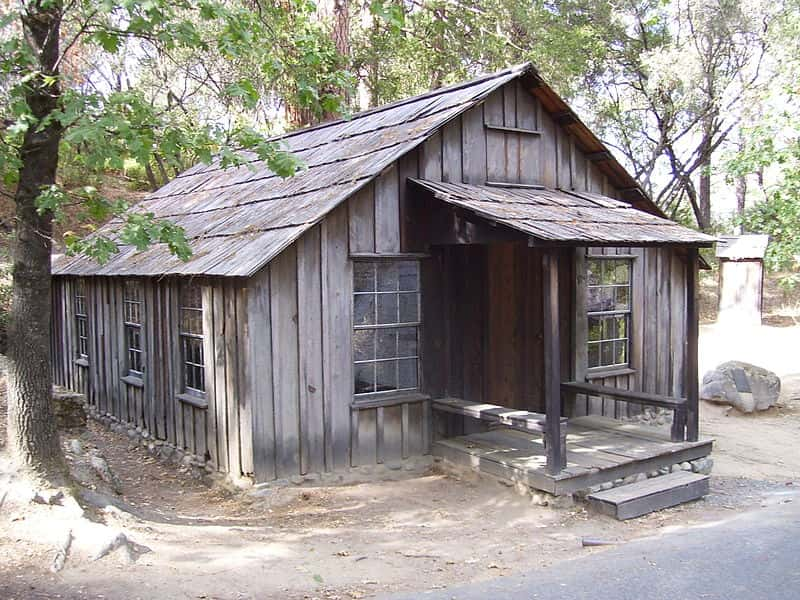 [/media-credit] Marshall's cabin in Coloma, CaliforniaWikipedia Marshall's cabin in Coloma, California
[/media-credit] Marshall's cabin in Coloma, CaliforniaWikipedia Marshall's cabin in Coloma, California
Sources: 1, 2, 3, 4, 5, 6, 7, 8, 9, 10, 11, 12, 13, 14, 15, 16, 17, 18, 19, 20, 21, 22, 23, 24, 25, 26, 27, 28, 29, 30


